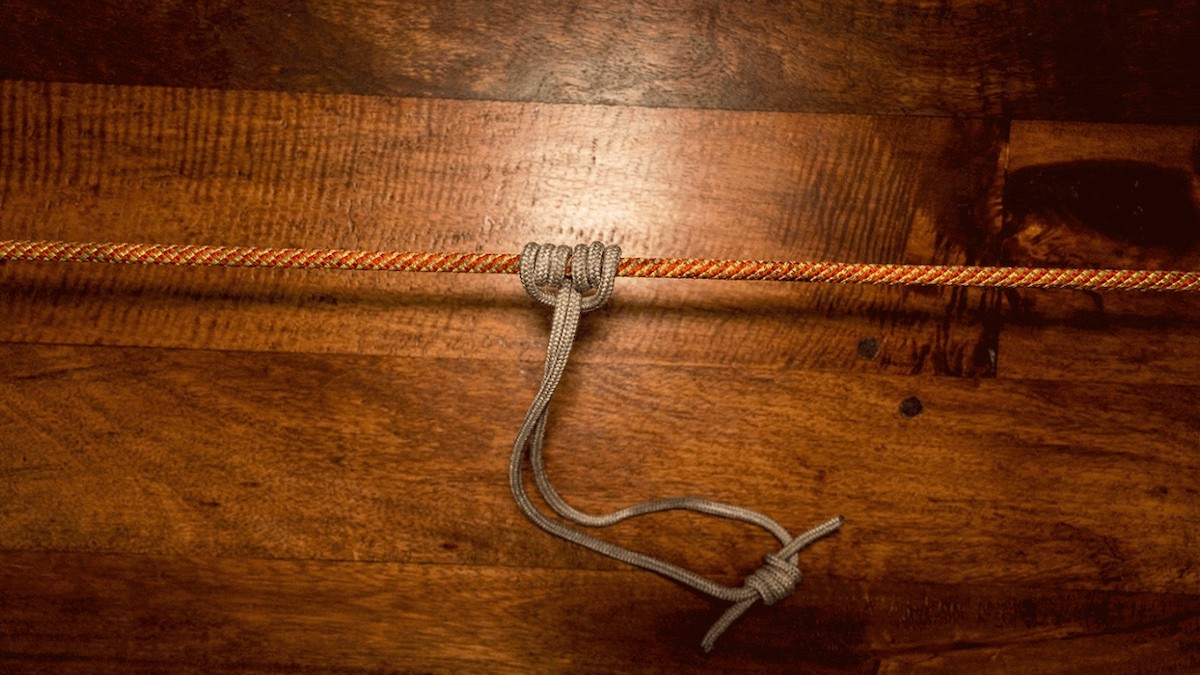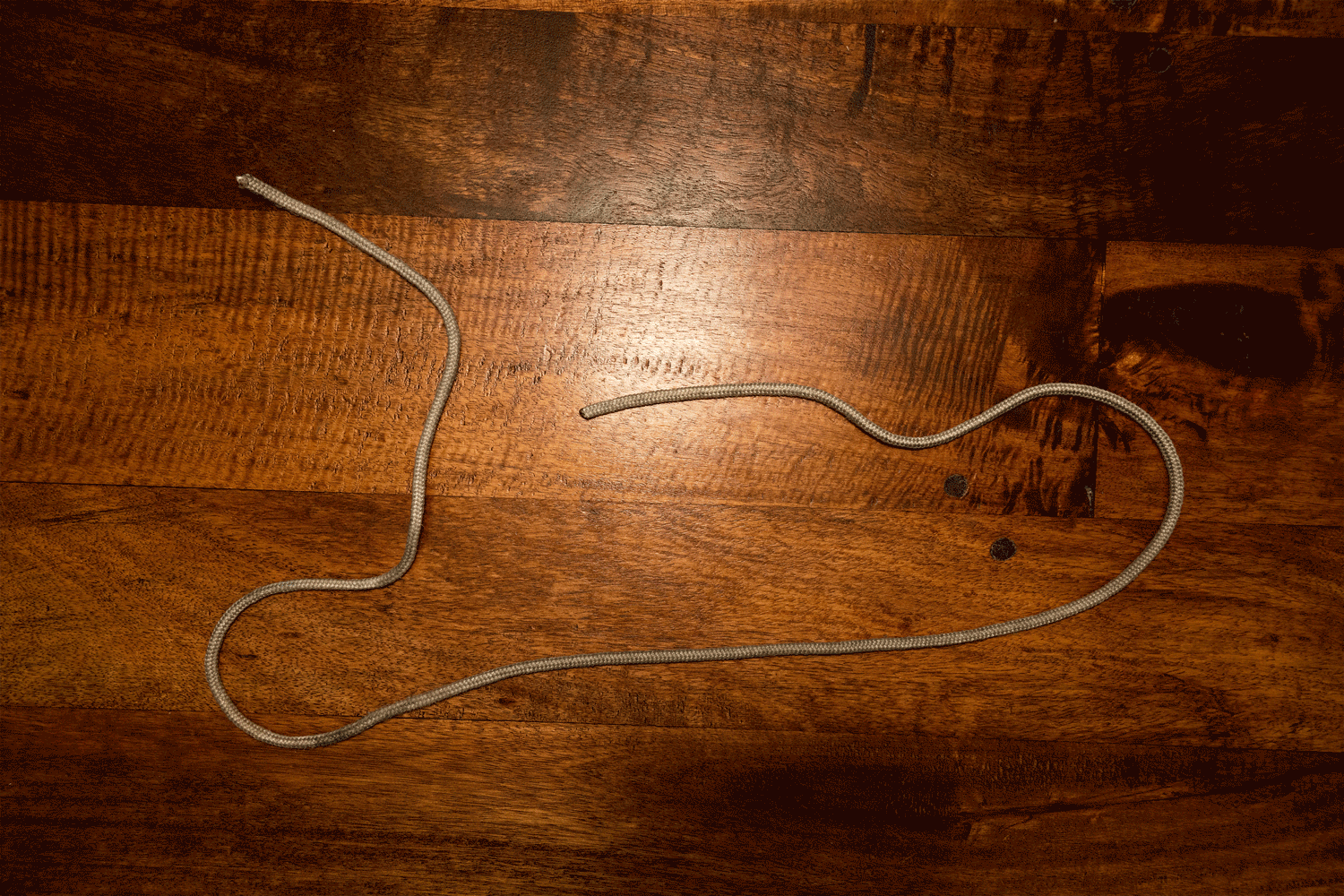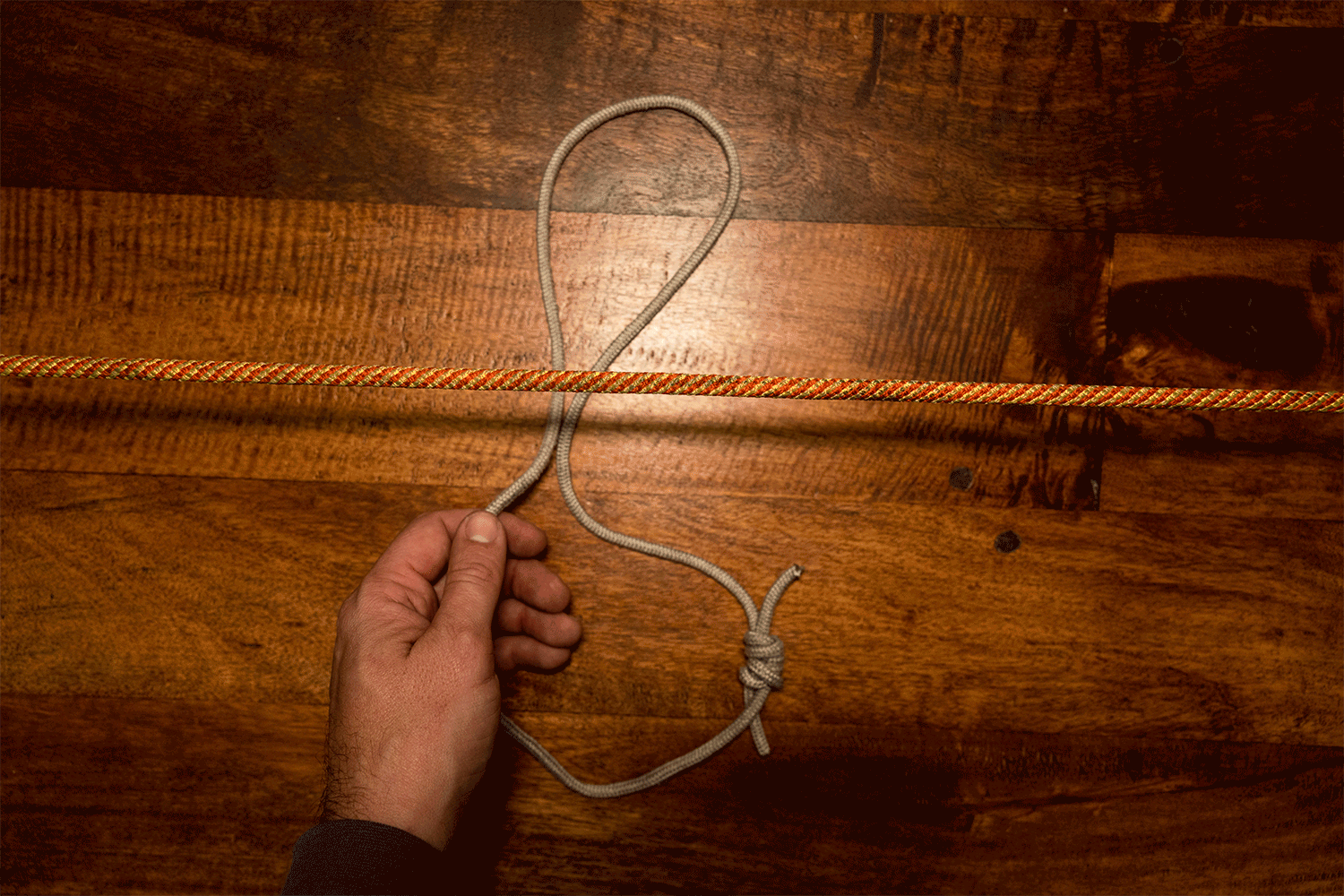
If you’re looking to grow your knot-tying vocabulary, a double fisherman’s knot is one you should probably start with. And, if you’re a saddle hunter looking for a quieter (metal-less) way to get up and down the tree, you can throw in the Prusik knot for a strong, safe, and simple combination. So, I decided to combine the two so you can be ready to hit the woods in no time.
Best Uses for the Double Fisherman’s Knot
This one is simple. The double fisherman’s knot is used to join two ends of rope or line together. This could mean you’re connecting two separate ropes, which is common in rappelling scenarios, or you’re joining two ends of the same rope or cordelette to create a loop, which is used to create slings, Prusik knots, and countless other situations.
Best Uses for the Prusik Knot
The Prusik knot, invented by Austrian Mountaineer Karl Prusik, is used in all sorts of climbing scenarios to create a secure attachment point that’s also moveable. For example, you could use the Prusik knot along a secure rope to climb a steep incline. As I mentioned earlier, you can also use the Prusik knot as an attachment point when climbing a tree for deer hunting, or you can even use it in place of carabiners or buckles on your harness to reduce weight and make for a quieter setup as well.
The Prusik is a lovely knot because it moves quietly but also doesn’t create as much friction on the rope, which reduces wear over time. That, and it can be tied in literally 10 seconds in the dark—it’s that simple. Another advantage is that the Prusik can move both up and down a line, and hold its tension in either direction as well, which makes it great for moving up or down. One note, however. The Prusik knot is best used in situations where it will only be fully loaded in case of an emergency, not as an ascender. Once loaded, it can be difficult to unload, so it can be a pain in that regard.
How to Tie the Double Fisherman’s Knot
First, start by laying the two ends you’d like to join together parallel in opposite directions. It’s very important for the two ropes to be the same diameter to ensure that you’re getting a snug fit and even tension on the line. If the line is made out of Spectra fiber (which is smoother and feels silkier than ropes made out of Dyneema fiber), you’ll want to add another loop and tie the triple fisherman’s knot for added security.

- With your ropes parallel and in opposite directions, wrap one end around the other rope downward (toward the end of the other rope) twice.
- Feed the tag end up through the wraps and tighten, but not too snugly at this point.
- Repeat the exact same process on the other tag end, wrapping twice downward, feeding up through the wraps, and tightening.
- Now, you should have two knots parallel to each other, wrapped around each opposing rope.
- Pull the standing lines to cinch the knots against each other. Tighten.
How to Tie the Prusik Knot
Now that you’ve created a secure loop using your double fisherman’s knot, you’re ready to tie your Prusik knot.
As you’re deciding which ropes to use, there are a few things to keep in mind. The bigger the difference between the two lines, the better the knot will hold under tension. However the smaller the line, the less weight it can theoretically hold. So, you want to attach your Prusik knot to a fairly large rope using a loop that’s still strong enough to hold you in case of a fall. If you’re simply using it as a way to cinch down your harness, the holding strength doesn’t matter quite as much.

- Position your loop under the attachment line, with one side of the loop larger than the other. You’ll most likely want the knot of your loop on the side of the larger loop so it doesn’t get in the way of your wraps.
- Feed the large side of the loop up and over the attachment line and through the smaller side of the loop, essentially creating a girth hitch. Do not tighten.
- Repeat once more, feeding the large side of the loop through the small side, with this wrap on the inside of the first wrap.
- Depending on the type of rope and the diameter of your rope, two wraps may be enough, or you may need to add a third wrap.
- Pull on the large loop to tighten your wraps. Test the knot to make sure it will cinch down under tension, then loosen your wraps so it can move freely along the line.
- If you’re moving up and down a rope using the Prusik knot, grab the wraps to move the knot up and down the rope. If you pull on the loop, it will tighten, and the knot will move along the rope.
Both of these knots are extremely handy. The double fisherman’s knot is one you can use in everyday life, from hanging Christmas decorations to rappelling off a 100-foot cliff. As for the Prusik knot, it’s a great tool for creating closures or having a backup ready in case you slip off your climbing sticks while trying to get into the tree stand. Either way, they’re worth knowing.




Conversation